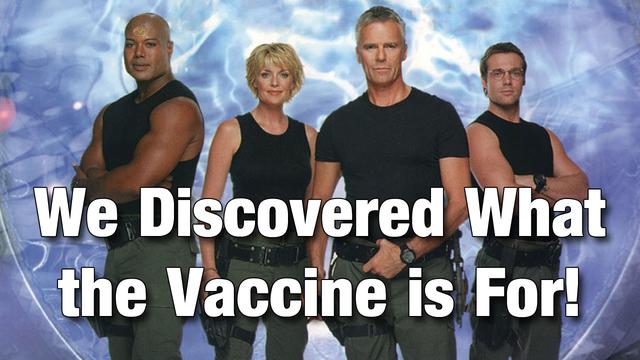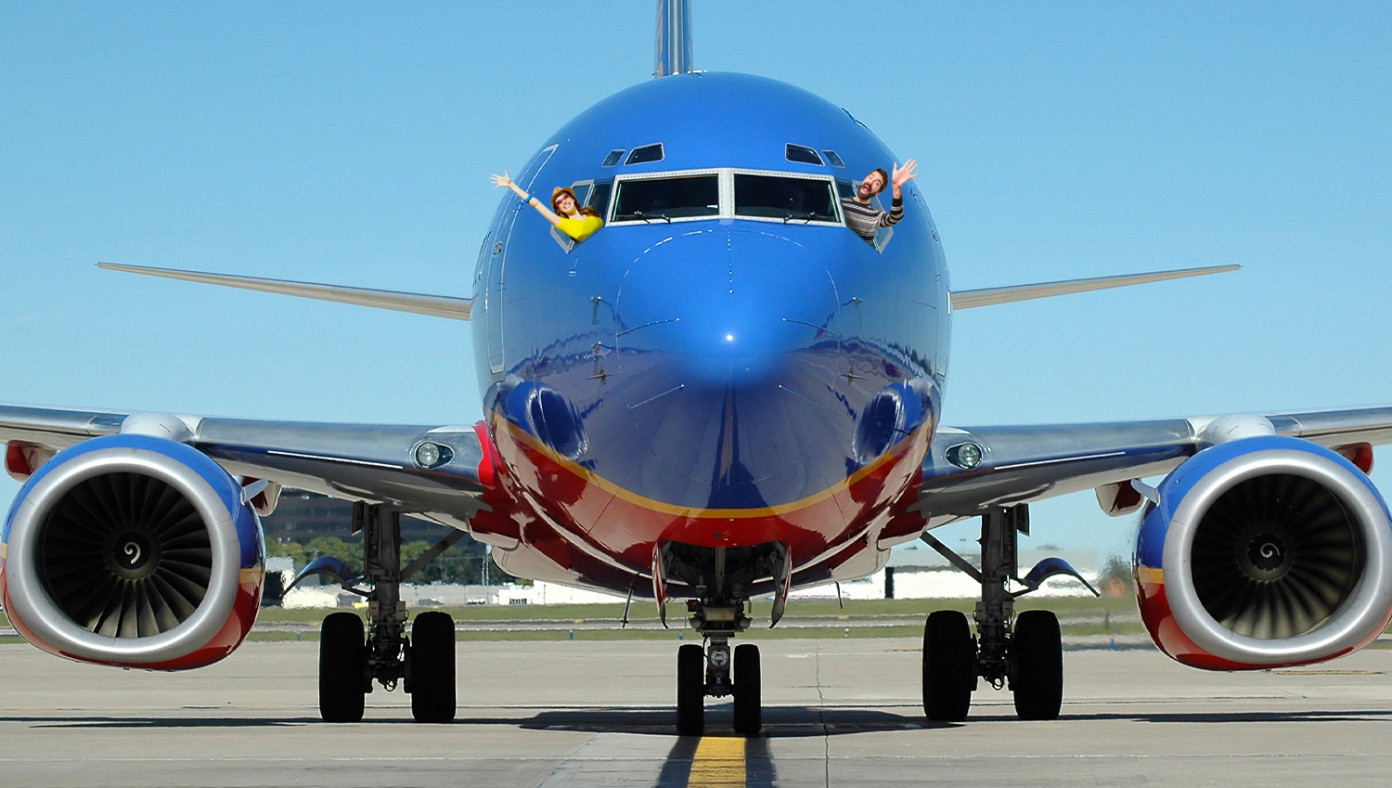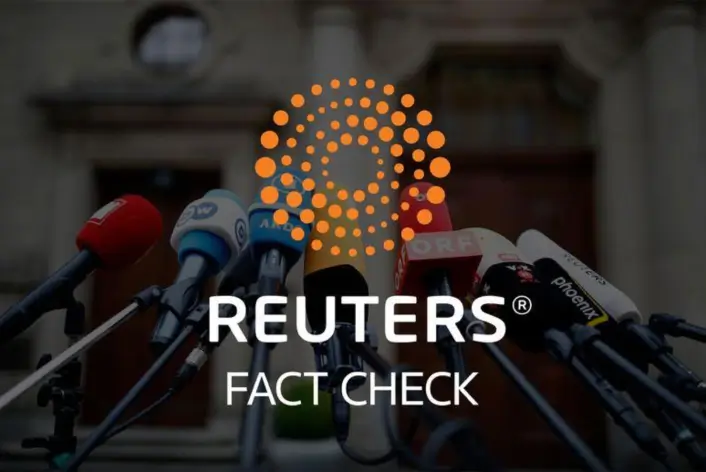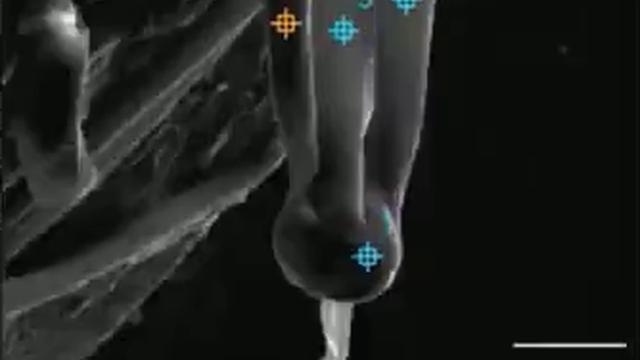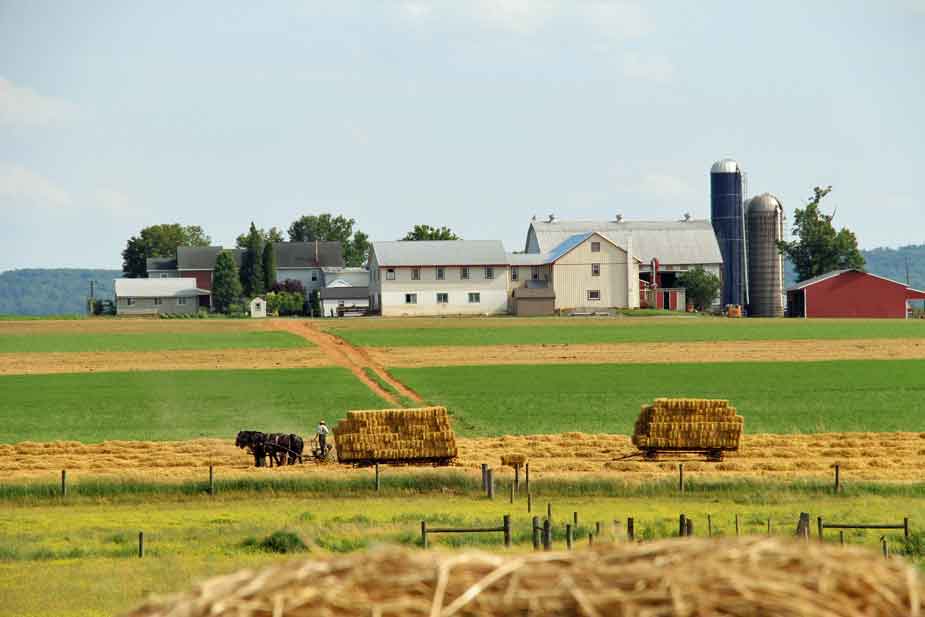The pharmaceutical industry, in common with many industrial sectors,
does not reveal its production capacity, says Rasmus Bech Hansen, chief executive of Airfinity
, a London-based analytics company that compiles data on the industry. But vaccine growth is likely to be “exponential” in the coming months, he predicts.
Some 413 million COVID-19 vaccine doses
had been produced by the beginning of March {assuming this is first dose}, according to
Airfinity data. The company projects that this will
rise to 9.5 billion doses by the end of 2021. A
larger figure was published last week in an analysis from the Global Health Innovation Center at Duke University in Durham, North Carolina. The centre’s researchers aggregated publicly announced forecasts from vaccine makers, which add up to around 12 billion doses by the end of the year.
[...]
Vaccine production can require more than
200 individual components, which are often manufactured in different countries. These include glass vials, filters, resin, tubing and disposable bags. “If any critical item falls short, then it can disrupt the entire process...
[...]
But the key bottleneck in
mRNA-vaccine manufacture is a worldwide shortage of essential components, especially nucleotides, enzymes and lipids {one might suspect a few others}. This is because
relatively few companies make these products, and
not in sufficient numbers for global supply. Moreover, these companies are proving slow to license their manufacturing so that others could do this.
For example,
every RNA strand requires a ‘
cap’ that prevents
the human body from rejecting it as foreign material. It’s the most expensive component, says Kis, and the intellectual-property rights for a popular cap design
are held by one company — TriLink Biotechnologies, based in San Diego, California. Similarly,
a small number of companies hold the intellectual-property rights for one of the four lipid nanoparticles that form a ‛cage’ around the RNA, Kis adds....








